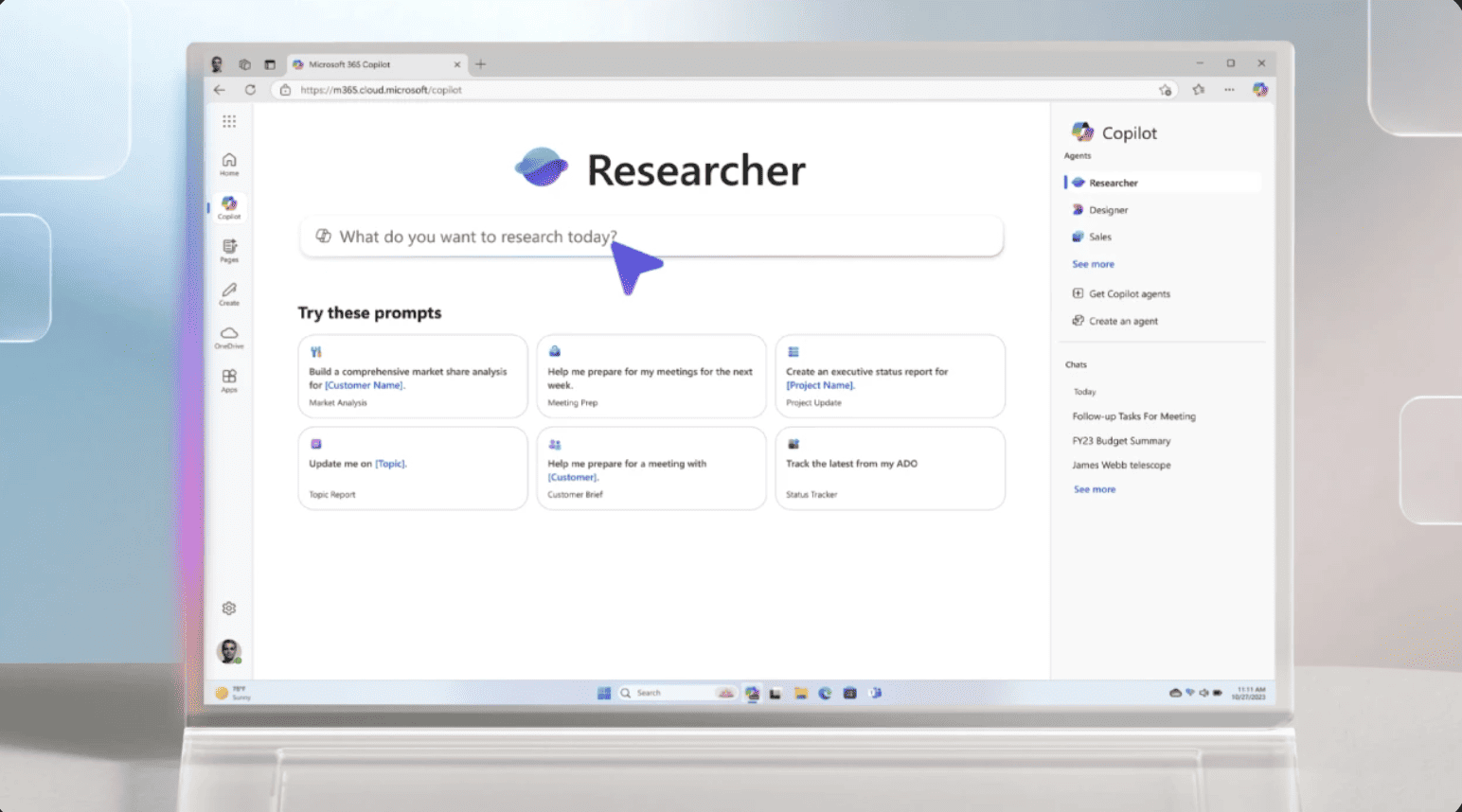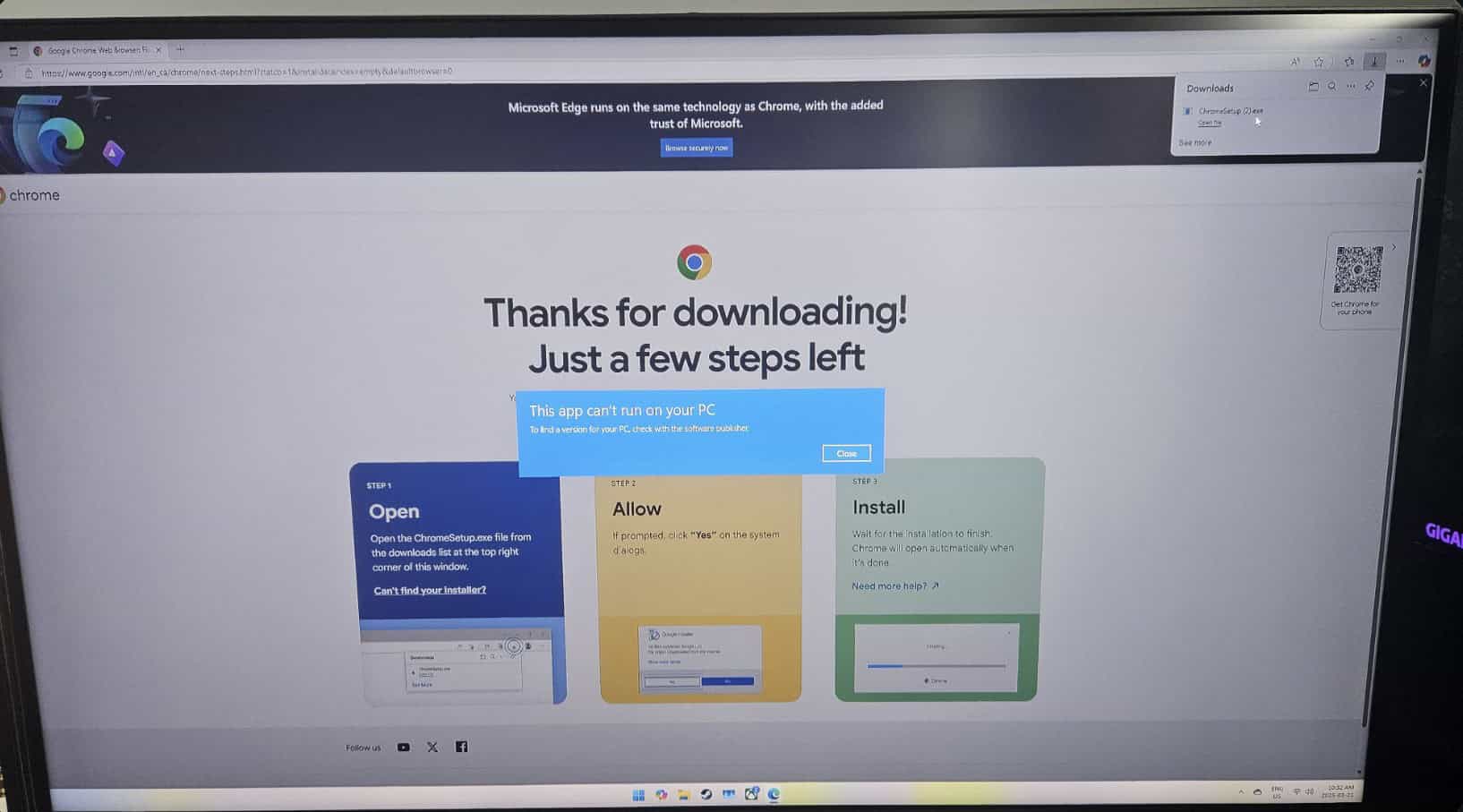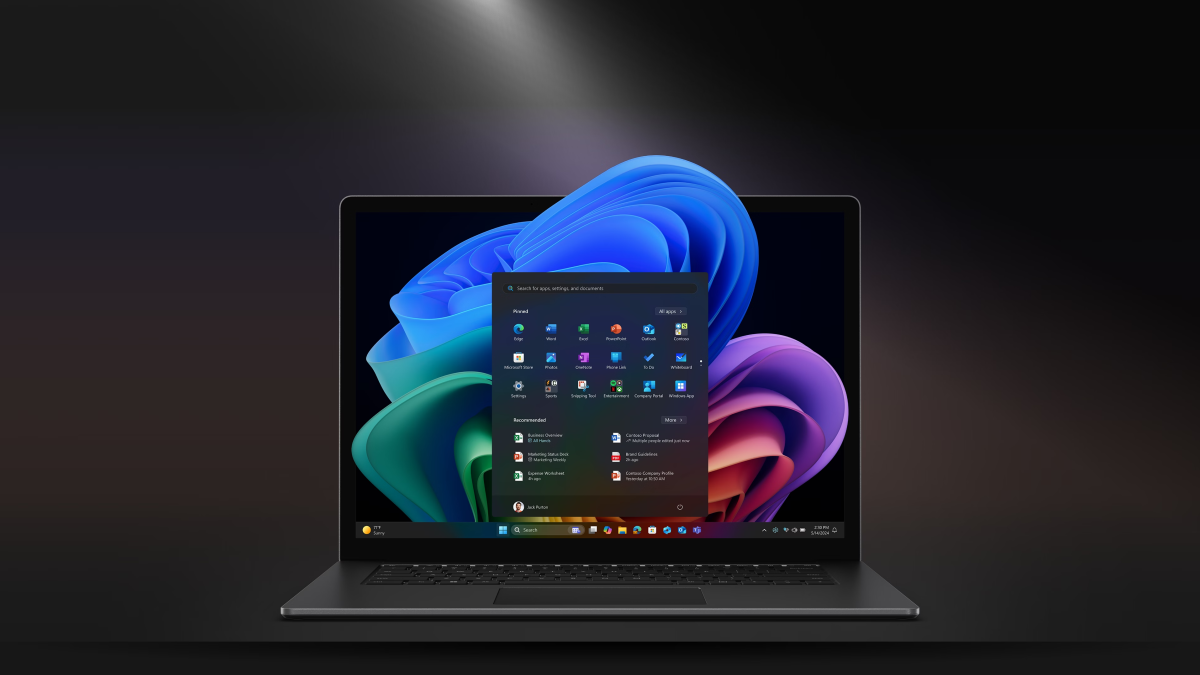Army chiefs praise Microsoft's military HoloLens 2
3 min. read
Updated on
Read our disclosure page to find out how can you help MSPoweruser sustain the editorial team Read more

We reported in April on Microsoft’s new version of the Hololens 2 designed specifically for use by the military.
Called Integrated Visual Augmentation System (IVAS), the device replaced the Army’s own Heads-Up Display 3.0 effort to develop a sophisticated situational awareness tool soldiers can use to view key tactical information before their eyes.
Today Military.com reported on U.S. Army chiefs giving the device hands-on testing.
Ryan McCarthy, acting secretary of the Army, and General James McConville, incoming Army Chief of Staff, tried out IVAS at Fort Pickett, Virginia in Spring.
“He and I literally put them on, and we went through a shoot house together,” McCarthy told Military.com.
“Here’s the thing — they are empty rooms, because we had the synthetic feed. I literally came in a room … and they looked like Taliban targets and ISIS guys with black turbans,” he said. “They had one where they had a guy holding a civilian. It looked like a very good video game.”
The headsets are designed initially to offer training opportunities to soldiers, allowing them to run through many repetitions of combat scenarios, such as clearing urban areas and engaging enemy forces, without having to leave home station and travel to training facilities.
Officers can then view the data compiled by IVAS during the training to show soldiers where they need improvement. McCarthy, who has not seen active duty for a while, noted that the review showed that he had some sharpening of his skills to do.
“We had a bunch of NCOs from the 75th Ranger Regiment and the 1st Marine Division, and they did the shoot house and reminded me that I have been out for a while,” McCarthy said.
The headset was not perfect.
“You would do it for a little bit, and they would go out and [engineers] had to make a tweak and they would get the screen back up,” McCarthy said.
Despite this Rangers and Marines liked the technology, he said.
“The one thing that they all really liked about it was the greater depth perception,” he said. “It was like a pair of glasses … and literally when you are walking through a room and seeing the target, I had depth perception to my left and right, so I could see down the hallway.”
The device should complete prototyping by 2020, but it is not clear when it will hit the field. Microsoft had earlier said the system is expected to roll out to “thousands and thousands” of soldiers by 2022 and 2023, roll out more broadly by 2028.











User forum
0 messages